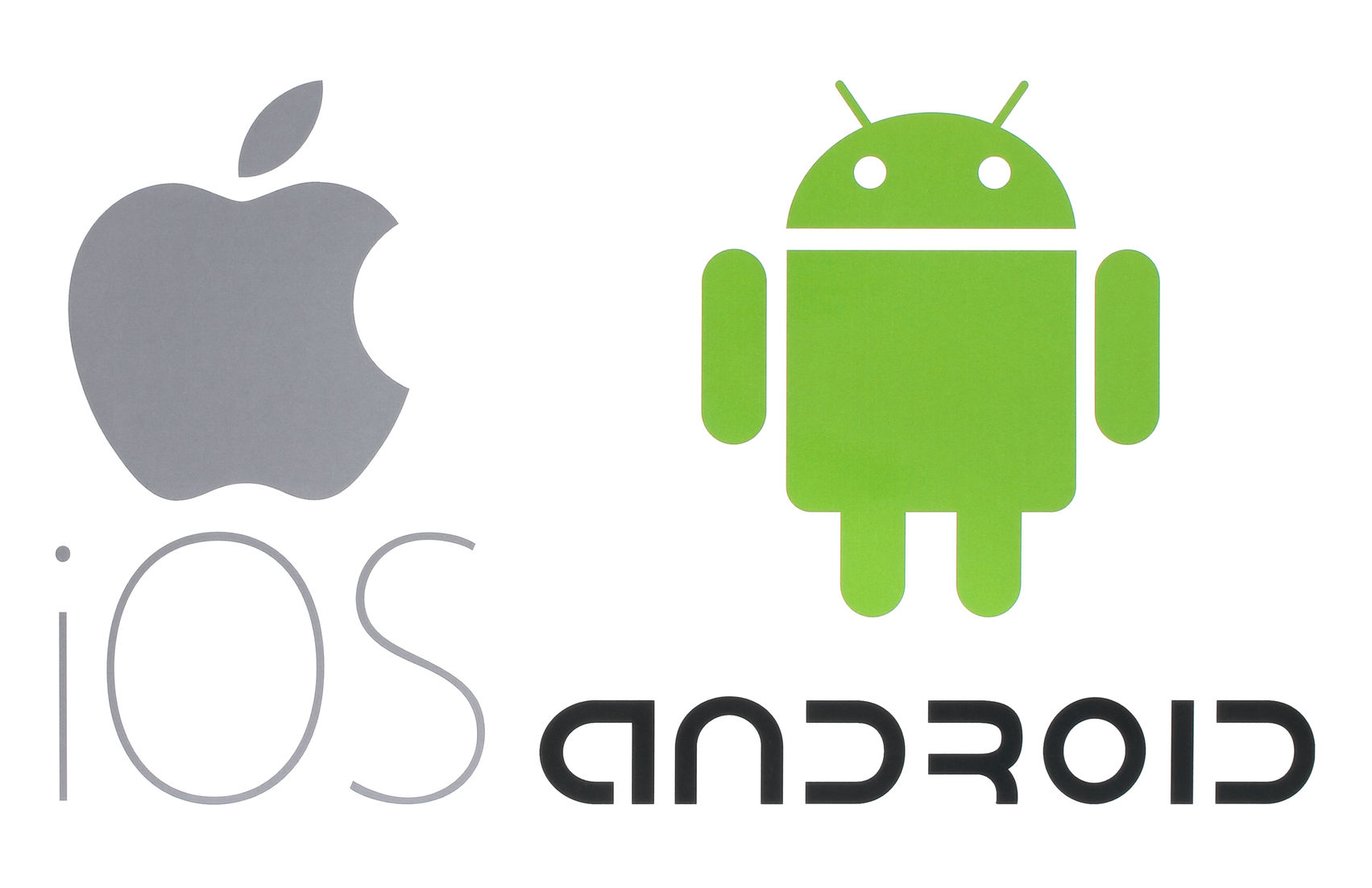Android vs. iOS – How do I decide which platform to launch on?
This is a question we covered a bit in our piece about how to find a mobile developer, but I felt like there was more to talk about; we were recently discussing in a meeting why some clients seem to favor one platform over the other, and what the benefits are to launching on iOS versus Android.
First, I think it’s important to distinguish what I mean when I say platforms – this isn’t just limited to Android and iOS, after all. There’s other facets of these OSs; AppleWatch and AppleTV; while Android is currently supported on SmartTVs and wearables like the MOTO ACTV, and is already making headway with smart glasses, home appliances, cars, and even SmartMirrors. Apple itself is of course supporting their own ventures into these new implementations of smart tech, with their own projects like Titan, for example.
But how do you decide what platform is best for your idea? Before we get into the what the future holds for Apple, Android, and all the other tech giants, let’s get a clear picture as to what the current field looks like today:
Just the facts
- In the U.S., Android owns 54.6% of the market, and iOS owns 44.4% (Android is the top performer globally)
- More iOS users download purchasable apps than Android users (11.82% vs. 5.76%)
- iOS apps have a higher retention rate than Android (1% to 3% higher)
- Android has a lower publishing cost than iOS (Android has a one-time-fee, iOS is yearly)
- iOS development is cheaper than Android (by about 30%)
A few things to keep in mind: Android’s market share, while larger than iOS, is skewed by the fact that Android comes with many pre-paid phone options, while there are no pre-paid iPhone options. While the larger percentage of market share should indicate apps that are hosted on both Google Play and the App Store would see more total downloads from Android users, we have, in fact, witnessed the opposite.
Three apps that we have published to both the App Store and Google Play are the perfect example of this. Out of these three apps, one has an audience centered in the U.S., one is centered internationally, and one has an audience split almost evenly between the U.S. and international markets.
- The app with users mainly from the U.S. has seen 76% of it’s downloads come from iOS users.
- The app with mostly international users (remember, Android boasts a very high market share internationally) has seen 46% of its downloads come from iOS users.
- The app with an even split between U.S. based and international users has seen 65% of its downloads come from iOS.
As of Q4 in 2017, Google Play hosted 3.5 million apps, while the App Store had an offering of over 2 million. Users have downloaded apps 19.2 billion times from Google Play, and 8.2 billion times from the App Store.
iPhone users tend to be younger (by only a few years, but still a noticeable difference), and are described as “power users,” meaning they engage with more categories of apps more frequently, and on a regular basis, when compared to their Android counterparts. While iPhone users are more likely to engage with apps than Android users, they also represent a smaller audience when compared to Android.
A question you should ask yourself (and this is largely dependent on what type of app you’re making) is: what is more important for my app? Reach, or engagement?
iPhone users are more likely to engage in “m-commerce” (online purchasing through their mobile device), and are also more likely to retain their position as Apple customers, as 80% of iPhone users have perviously owned another iPhone.
While iPhone users tend to favor retail and social media, Android users tend to gravitate towards (and purchase more frequently) utility and productivity apps. iPhone users tend to value simplicity and consistency, while Android users place great import on the customizable nature of their apps; likewise, iPhone users usually identify as extroverts, while Android users are mainly introverts.
These findings, of course, are not set in stone – there are most definitely introverted, low-engagement iPhone users just as there are extroverted, high-engagement Android users; some Android users exemplify the epitome of brand loyalty, while some iPhone users are disillusioned by their experiences with iOS.
But the trends are noticeable, and when deciding which platform is most important to focus on, this is data that should be considered carefully.
For more information, check out our Android and iOS dev pages.
Development options

As we’ve discussed previously, it’s always better to develop your app natively. This does come with one main detractor, however; cost. A great way to offset this is by focusing on one platform initially, and using the MVP model of development. We believe the best platform for an MVP is iOS, mainly due to the platform’s high user engagement. Since users are more likely to engage with, and spend more time using their apps, iOS early adopters provide higher quality feedback than Android.
In fact, one of the most successful apps on the market today, Snapchat, has mainly focused on developing their app for iOS. Now, with the benefit of a (much) larger budget, they are bringing Android up to par with their iOS version.
This is not to say that Android apps won’t work as MVPs; rather that iOS user behavior lends itself to the user engagement necessary to build a successful MVP.
The future of apps and their platforms
There’s no way to be sure what advancements in tech will look like, and predictions about the future rarely come to fruition as we expect, but there is one trend that has remained throughout the explosive growth of the internet of things; people use more, want more, and expect more.
If you’re in the ideation stage of app development, consider what you’d like to see happen. Wearables are expected to represent a $34 billion industry by next year, and right now, mainly focus on health and fitness apps. As of now, in 2019, AppleWatch is the leader of the pack when it comes to smart watches, but this could very easily change.
Android, and Google, by proxy, have cast a very wide net when it comes to exploring new avenues for devices through which to engage users, and Apple, like usual, tends to focus in on a few products to perfect.
There’s no right or wrong platform for any app, but there’s sometimes a better fit. Like any venture, it’s important to do your own market research, and plan based on your own findings. For any appreneur or CTO, the best steps you can take to build a successful app is to know your competition, know what makes your app different, and to do it better than anyone else.





Leave a Reply
Want to join the discussion?Feel free to contribute!